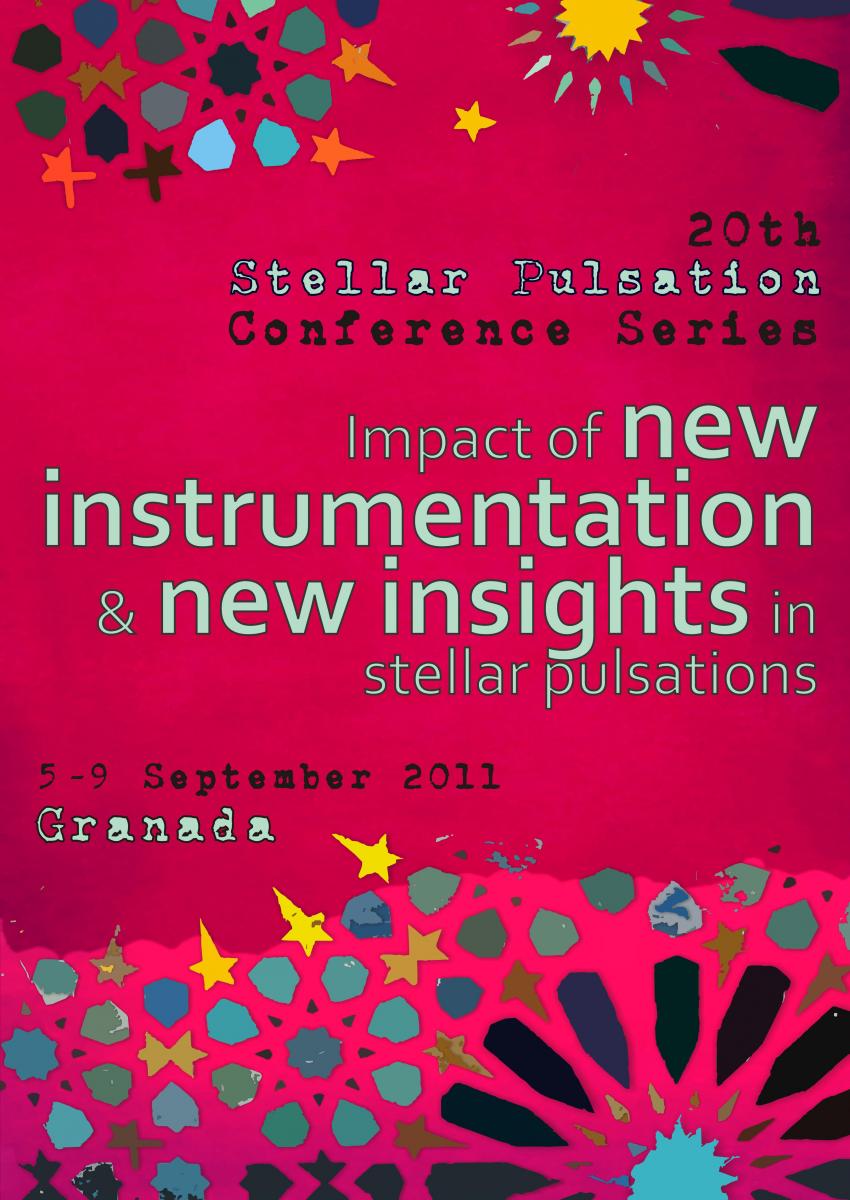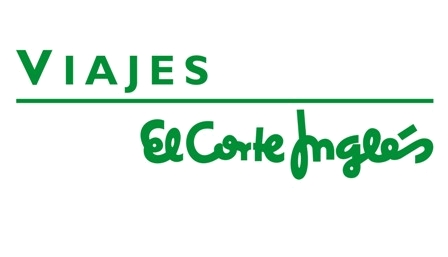Stellar Pulsation Conference Series
Impact of new instrumentation and new insights in stellar pulsations
Granada, 5-9 September 2011
The next conference (the 20th) of the Pulsation Conference Series will be held in Granada in 2011. Exciting new results are foreseen by that time, particularly those derived from the analysis of the photometric time series collected by the currently flying space missions like MOST, CoRoT, and KEPLER. Moreover, the BRITE Constellation mission might be operational by that time, while a final decision concerning the approval of the PLATO mission, within the framework of ESA's Cosmic Vision Program, could be known by then.
Also innovative ground-based observational techniques and instruments are currently under development. By September 2011 interferometric measurements from the VLTs of giant pulsating stars will be available. The spatial resolution will permit the use of asteroseismic tools developed for the Sun. Moreover, attention is currently being paid to the analysis of oscillations using high-resolution spectroscopy in the near IR. Until now, this part of the stellar spectrum has not been explored in the context of asteroseismology. By the time of the conference, progress will be made in the development of new ground-based instrumentation (eg. GIANO@TNG, CARMENES@3.5CAHA, UPF@UKIRT, etc.) which will permit the mapping and probing of stellar envelopes, so reinforcing the role of asteroseismology as a test bench of the stellar evolution theory.
Following these technological advances, the conference will start with a presentation of the current status of the new results coming out from the new instrumentation. The rest of the days will be mostly dedicated to revise the impact of the collected data in the different areas of stellar pulsation, covering both their analysis and associated theoretical developments in stellar physics and stellar pulsation theory needed for their interpretation. In particular, attention will be paid to studies concerning giant stars, massive main-sequence stars, intermediate/solar-like pulsating stars, and oscillations in compact objects.
This conference will hence provide a unique opportunity to discuss the consequences of the exploitation of this new instrumentation. Indeed, our intention is to open a wide debate based on these new observations and theoretical improvements. Such a synergy will help to disentangle unexplored details of the different stellar structures and evolutionary stages spread over the entire Hertszprung-Russell diagram.


